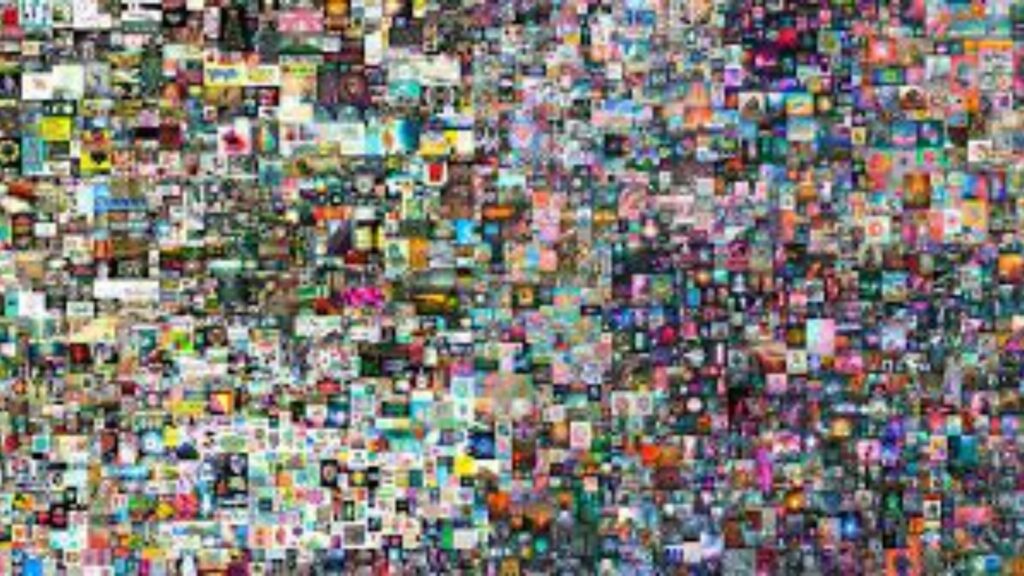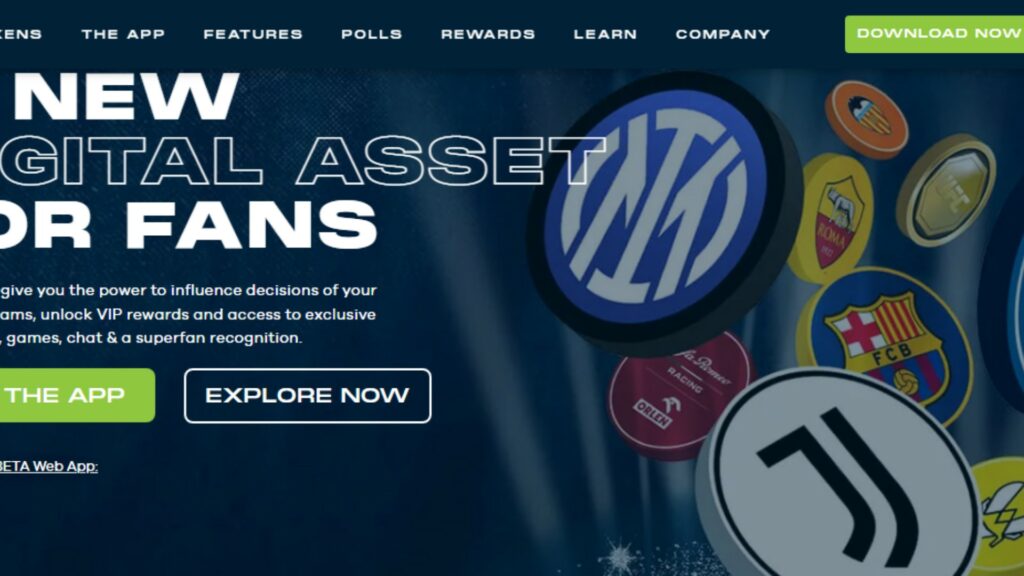Scarcity, demand, and the uniqueness of the underlying asset all have a role in the value of non-fungible tokens (NFTs). NFTs have cleared the path for a variety of use cases, but NFT Art and crypto-collectibles have been the most prominent.
As we will see in the discussion below, NFTs can be used in a variety of other ways. These use cases will likely become more widely used as NFTs advance, both in mainstream applications and in experiments. The most common applications for NFTs are discussed in the following sections.
NFT Art

Non-fungible tokens have become a popular use case for digital art today, and for a simple reason. Authenticity is enhanced by tokenizing real-world works of art, which gives ownership of that work to the artist or the highest bidder. It is possible to create really original art with NFTs because they have the attribute of not being able to be reproduced in any other way.
Digital art has seen a major shift because of NFTs, which allow individual artists to monetize their work in unprecedented ways. In addition to this, it is possible to insert conditions in the code that will ensure artists will earn a portion of the proceeds whenever the NFT is sold.
NFT collectibles
NFT collectibles are digital products that have been programmed with their own one-of-a-kind algorithms, giving them added value. Briefly put, a crypto collectible is a digital or physical object that has been verified via blockchain. Assets in this category are designed to be distinctive and limited in supply, unlike other cryptocurrencies.
There are several variables that go into determining the value of a collection. For example, it may be based on a combination of the cute little virtual kittens’ unique aesthetics, features, and functionality. CryptoKitties are a well-known example of a digital collectible. CryptoKitties is a blockchain-based digital collectibles trading game that was first introduced in 2017. In the game, each item represents a digital kitten that users can bid on.
Gaming

The development of NFT technology has also played a significant role in the increase in people’s interest in the gaming business. When it comes to traditional video games, the “pay to play” system is being phased out and replaced by a world of options where digital ownership has greater value and is transferable to the real world. In some instances, in-game NFTs, pets, or even character traits can be sold for profit by players.
Gamers see NFTs as a combination of art, collectability, and function. In games like Axie Infinity and Battle Pets, NFTs have made unique in-game objects tradeable, popularizing the Play to Earn (P2E) concept. Also, external, peer-to-peer marketplaces allow users to buy and sell NFT tokens.
NFTs in music
The music industry is another promising candidate for NFT-enabled growth. Large conglomerates and record companies could make a lot of money in this business. However, their success is typically achieved at the expense of the artist and through unfavorable business models based on a penny per stream.
Music NFTs may prove to be a more effective and advantageous means of monetizing the work of individual musicians. As a result, artists will have full ownership of their work, including trademarks, copyright, and other proprietary rights, all of which can be preserved in the token’s metadata.
Virtual world NFTs

Platforms like Sandbox and Decentraland have fostered a mania for virtual land ownership that we’ve seen firsthand. The future of digital ownership will be shaped by platforms like this, where you may purchase decentralized land parcels built on blockchain infrastructure.
NFTs have created new possibilities in virtual world economies, and it’s easy to see why once you realize that people may make money off of digital real estate. Building a virtual office building and renting it out for a virtual conference may be an option for someone who already owns the land. The options are virtually limitless.
Social interaction tokens

It is possible to employ social tokens in a variety of ways, such as building and recognizing fan communities and rewarding one’s own creative output. Usually, a wide range of perks is available to members of the community who acquire such NFTs. Alternatively, they can be given to members as a token of appreciation for their long-term commitment.
NFTs can also grant admission to certain events that are otherwise unavailable. Physical events and real-life occurrences can both benefit from this. It’s not just to digital environments that this is applicable.
Clothes and accessories
Wearables that use NFT technology are frequently related to virtual worlds and online games. In this approach, NFTs can be used to represent avatars’ attire in games and other virtual environments. Another example is social media-related virtual wearables.
Influencers who use virtual things to reduce their carbon footprint have become the talk of the town. NFT wearables are used in place of real garments for photoshoots as a more eco-friendly option. This is a promising field with the potential to grow significantly.
Finally, NFT wearables aren’t just for digital brands; they can have an impact on more traditional ones as well. GAP is a good example of a retailer that allows customers with specific types of NFT to claim products in-store.
Digital identity
We can apply the same ideas to digital IDs as we do to digital concert tickets stored on the blockchain. For the creation of virtual identities, NFTs’ highly secure properties and the blockchain’s security are ideal. Indeed, NFTs may be able to facilitate self-determination (SSIDs).
DeFi NFTs
In the blockchain ecosystem, DeFi has made it easier for users to get financing. Consider obtaining a short-term loan with an NFT as collateral. As long as you pay off your loan, the NFT is yours. However, if you fail, smart contracts automatically kick in and enable the NFT to be transferred to the lender, removing the need to hire bounty hunters or a debt collection agency.
Event ticketing
Non-fungible tokens can be used to tokenize tickets in the sports business. Counterfeit items and tickets are a serious problem, and blockchain technology can help solve it. Due to these problems, the sports and entertainment sectors often suffer enormous losses.
The application cases of NFT include sports games and concert tickets issued on the blockchain, which can help restrict illegal access to important events. Also, the use of NFTs to issue tickets on the blockchain can help alleviate the problem of ticket counterfeiting for companies that distribute tickets.
In summary
Many more initiatives and companies are likely to join the blockchain revolution as the popularity of NFTs grows. While improving blockchain platform dependability, homogeneity, and interoperability, NFTs also assist in bridging the digital and physical realms. The adoption of NFTs has a long way to go before it becomes widespread, but there is still plenty of space for growth.




